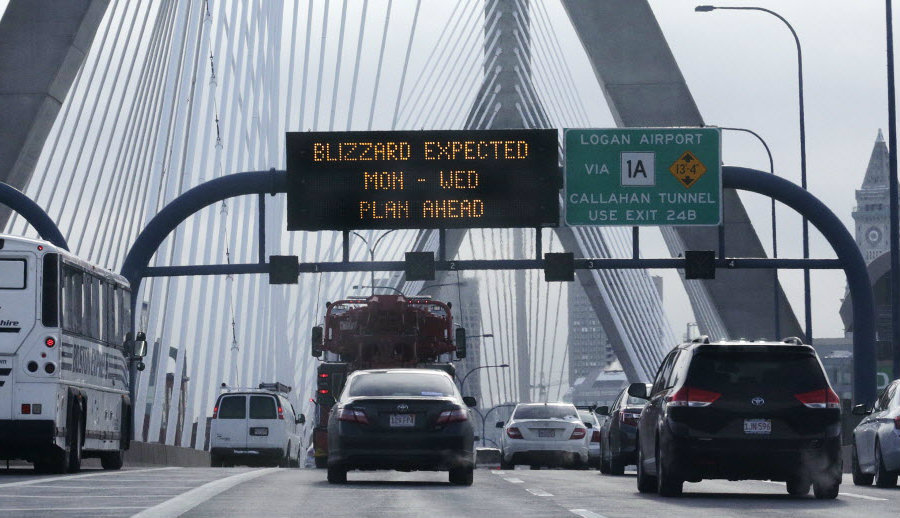Blizzard 2015: How to prepare for a snowstorm
Loading...
They’re calling it “bombogenesis.”
Millions of Americans are bracing themselves on Monday as Winter Storm Juno threatens to become a blizzard with the potential for up to a record 2 feet of snow to the East Coast, The Weather Channel reported.
More than 28 million people are expected to be affected, and the National Weather Service has issued blizzard warnings – in effect from Monday afternoon to Tuesday night – from southeastern New York City to northeastern Maine. Winds are predicted to hit up to 70 miles per hour, with power outages expected up and down the coast.
The forecast is dire, but for the well prepared there’s no need to panic. Here’s how to be ready when the big storm hits:
Stock up on food and water
Store at least a three-day supply of both clean drinking water and non-perishable food for your household. (Don’t forget your pets!) The Federal Emergency Management Agency recommends at least a gallon of water per person per day; some extra water for washing, food preparation, and toilet flushing doesn’t hurt, either. For edibles, think dry cereal, crackers, easy-to-open canned goods, and no-cook meals – refrigerators and electric stoves will be useless if the power goes out.
Have medical supplies on hand
Make sure to have a first-aid kit handy, according to the American Red Cross. (They have a full list of supplies here.)
Keep electronics alive
No generator? Have backup methods of charging cell phones and radios, which are crucial for communicating in case of an emergency. Mobile chargers that are hand-cranked, solar-powered, or at least able to charge from a car outlet work best. The same goes for radios and other power-dependent devices for people with disabilities in your household. Store flashlights and LED lamps with extra batteries, as well.
Layer up and stay warm
When it comes to winter storms, cold is the number one enemy. Dress in multiple layers – hats, gloves, socks, and thermal underwear – to stay warm. Stock up on blankets and sleeping bags, and make sure everyone in the household has at least one. Candles are helpful for both light and warmth, and a supply of dry wood is a useful alternative for homes with a working fireplace or flue vent.
Stay clean
Even with extra on hand, water can quickly become a precious resource. FEMA recommends plenty of hand sanitizer, wet wipes, diapers, paper towels, and toilet paper. Bleach acts as a great disinfectant, and garbage bags are useful for keeping waste out of the way.
Rethink travel plans
The best thing to do is stay indoors and off the roads. But at the very least be sure your vehicle is winterized: Brakes, batteries, ignition systems, and heaters must be fully functional, snow tires should be installed, and lights and flashing hazards should be in good working order. Before setting out, stock up on supplies of food, water, and warm clothing, and have a full tank of gas. Flying out? Check your airline’s website for updates on delays and cancellations, and consider rebooking ahead of time.






